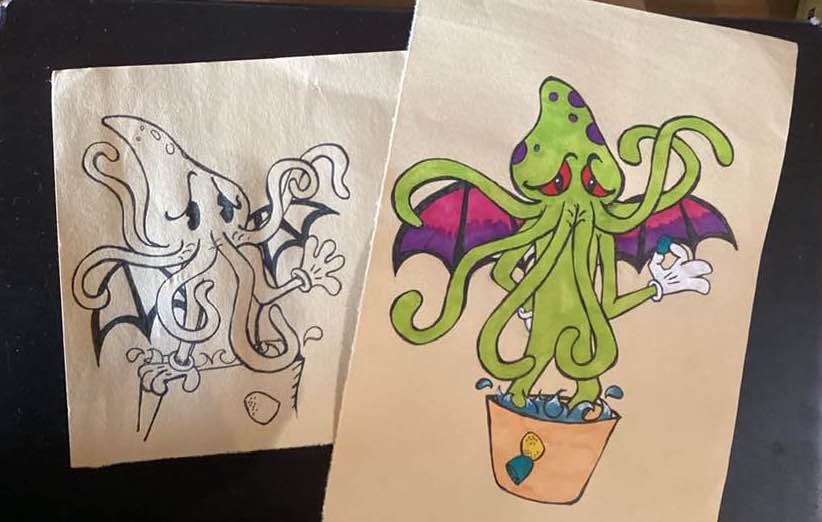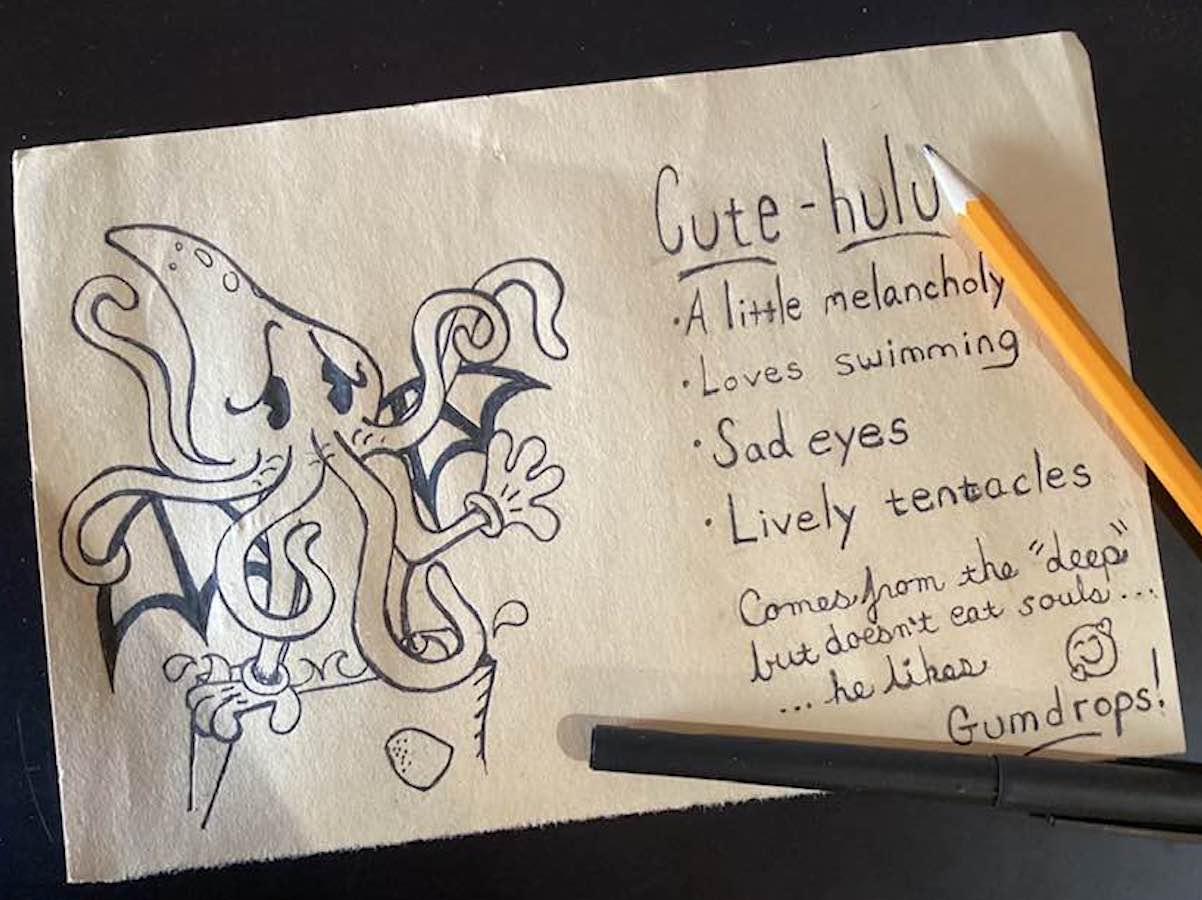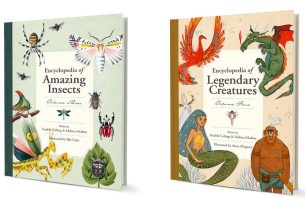The 2022 Be the Artist series celebrates the art of “toons” and similar fun styles.
The Artist: Ub Iwerks
Almost everyone knows the name Walt Disney and the legacy he created, but how many people recognize the name Ub Iwerks?
Those who study animation, film history, and are massive Disney or cartoon fans may know Iwerks is credited for being the first one to sketch a little guy named “Mickey Mouse.”
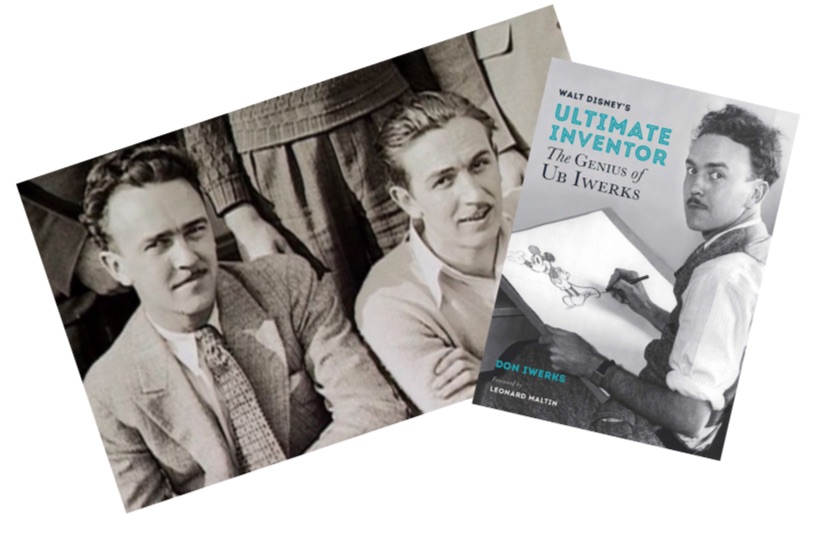
Ub Iwerks, born Ubbe Eert Iwwerks in 1901 in Kansas City, Missouri, was 19 and working as a graphic artist at Kansas City’s Pesmen-Rubin Commercial Art Studio when he met fellow 19-year-old employee Walt Disney. Unfortunately, this was after both were being laid off in 1919, so they opted to start their own Iwerks-Disney Studio Commercial Artists.
This is not their big success story, as it lasted about three months before they took jobs somewhere else. In 1922, Iwerks worked as a chief animator for Disney’s newly formed Laugh-O-Gram films, which went bankrupt in two years.
Finally, Iwerks followed Disney to Hollywood, joining the Disney Brothers Animation Studios. Iwerks was known for his technical know-how, but also for his hard and fast work on projects.
According to a story in the D23 blog, Iwerks animated the first Mickey Mouse cartoon, Plane Crazy, in just three weeks “completing as many as 700 drawings a day. Today, the average animator produces 80 to 100 drawings a week.”
From 1930 to 1940, he left Disney to create his own Iwerks Studios and even employed a newcomer named Chuck Jones as a cel washer. When he returned to Disney in 1940 he put his technical knowledge to work and won two Academy Awards for his work helping the studios become a leader in photographic effects. One of his achievements was a multi-head optical printer that helped combine live-action with animation more effectively. He also worked with Disney parks well into the 1960s, including on groundbreaking designs for attractions.
Some of the last works he did on the big screen included his Academy Award-nominated bird effects for Alfred Hitchcock’s The Birds and helping perfect the impressive travel matte sequence in the Mary Poppins, “Feed the Birds.”
He died of a heart attack at age 70 in 1971, but he was a big influence on his own children and grandchildren, some of whom became Disney executives, photographers, and filmmakers.
Iwerks was incredibly important to Disney’s success, including the early design of Mickey, but Walt Disney was the one with a love of storytelling and a big personality. Iwerks was known for his knowledge and business sense, not his sense of humor.
Disney may be the main face behind Mickey Mouse, but Iwerks was the one to help bring him to life.
The Project: It All Started With A…
We all know that famous line by Walt Disney: “I only hope that we never lose sight of one thing—that it all started with a mouse.”
This is no doubt a profound statement of the importance of how little things (and one simple idea) can expand into something great.
And, Iwerks was the first to sketch him.
Of course, Mickey had a predecessor, Oswald the Lucky Rabbit, who has his own little and complicated history. Thankfully, today Oswald is now part of the Disney family officially, and some historians and fans have said Mickey is simply Oswald with round ears.
Either way, these animated critters are examples that you have to start somewhere, even with just a small cartoon animal.
For this project, we have one assignment: create that “mouse.” Well, not a mouse per se, but create a simple character.
Grab a pencil and paper and think of an animal that could have some pretty great potential for being a big hero or a hilarious physical comedian. Something that could wear different hats… or different costumes. Finally, something that isn’t too difficult to draw and replicate.
Iwerks was able to create several drawings in one day, and he created them without too many difficult details. Mickey might not be easy to perfect for beginners, but his circle-centric design makes him a straightforward character to duplicate for the practiced artist. He didn’t want to create a realistic mouse but a “toon” mouse with a look all his own.
Now, you can approach this project in two different ways.
On one hand, you could plan out your character before drawing it. Think of a name, personality, and vibe for your character. What are they wearing? Are they genuinely happy by nature or a bit of a grump? How will their look, facial expressions, and posture help show off this personality? Then, gather those ideas, and sketch them on paper.

On the other hand, you could just start drawing and watch where things go. Sometimes, when I’m doodling a little figure, the shape of a head or hat might inspire how I want to draw the face. The face might lead me to the body shape and if that creature is wearing anything distinct.
Both these methods are fun, and I encourage young artists to try both.
Once you have your character sketched, ink it over with a pen or marker. Think of the simplest, black-and-white days of Mickey’s debut. Make it bold and proud, and, of course, give it a name.
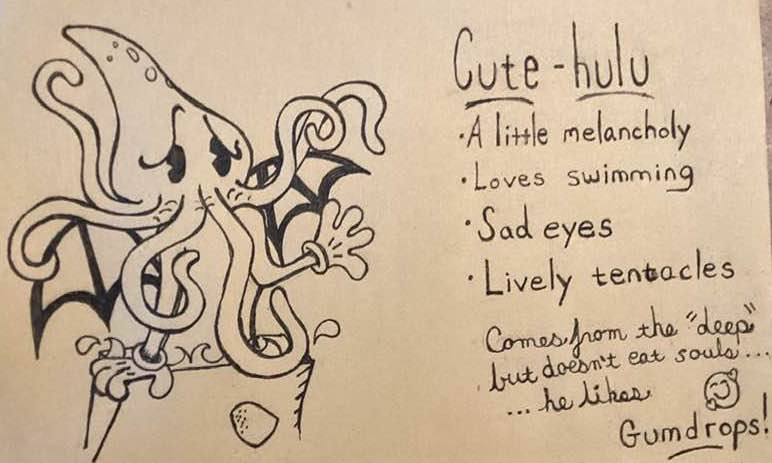
There’s your creation. Your own Mickey Mouse, Bugs Bunny, or Oswald the Rabbit.
Take a moment to sit back and enjoy this character… then pick up your pencil and another piece of paper because we’re not done.
You just saw how “it all started,” now think of how it would evolve. Mickey was born in the late 1920s, and we’re back in the ’20s again… nearly a century from when the world fell in love with this little mouse.
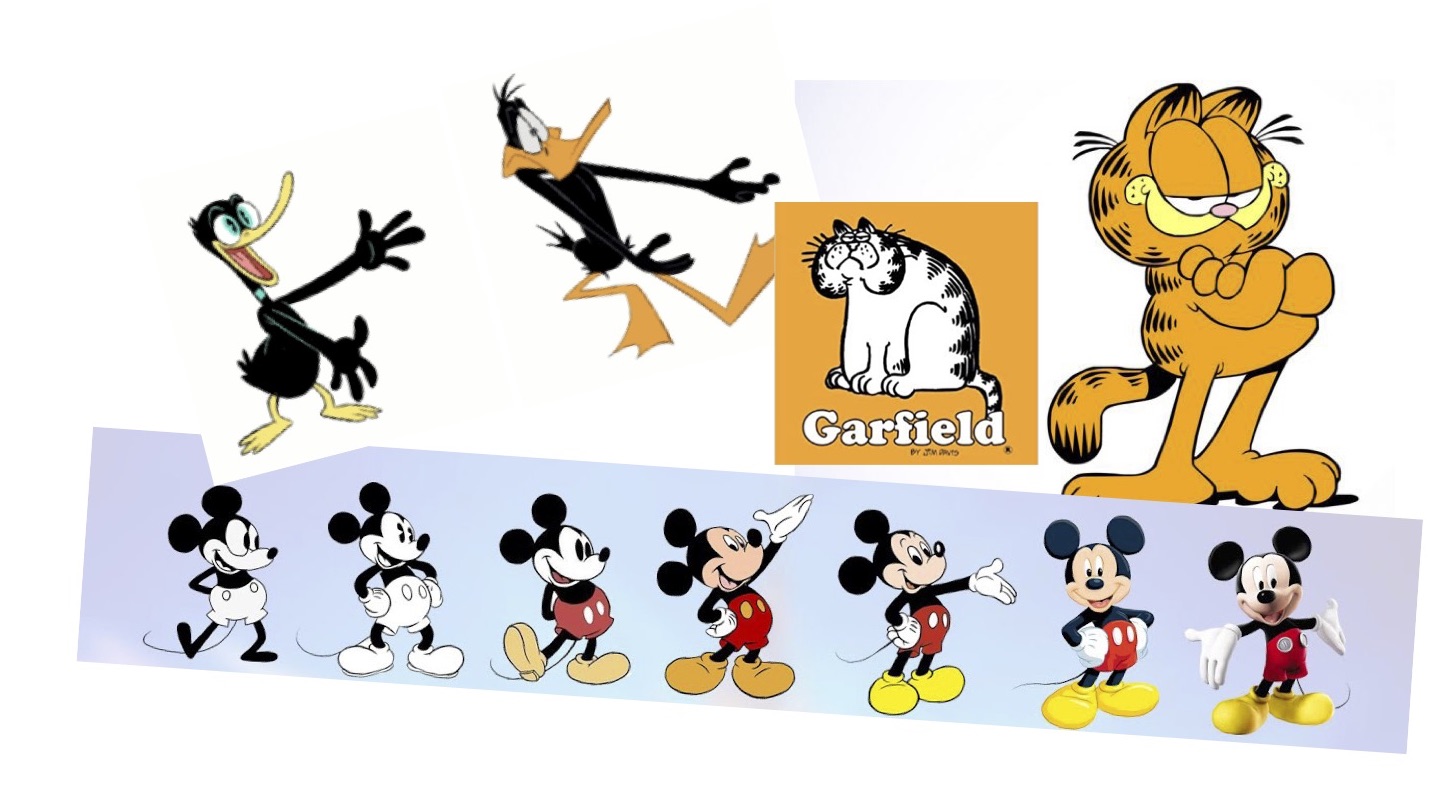
Over the years, there have been many changes and variations used for Mickey, from his role in animated shorts to an ambassador to the world’s best-known theme parks to advertising for various products, patriotic propaganda during World War II, and a major motion picture star. Can you even imagine Disney without that familiar “three circles” shape of his head?
Think of what your character would look like after nearly a century of being loved. Get out some markers or colored pencils and make a more contemporary version of your character.
Don’t just color in the black-and-white drawing. Its design is going to change a little.

Would their clothing style be different or their body shape be modified? Would they still have the same personality or be a little more world-wise? Bring that original character into a new era. If the design is already something you did in the style of today’s animation, think of what it may look like in the future.
Finally, put the two images side-by-side for some “how it started” vs. “how it’s going” fun.
Yes, it all started with a mouse, but that mouse didn’t stand still.
Where will your character go? It has to start somewhere, and you might just start something.
